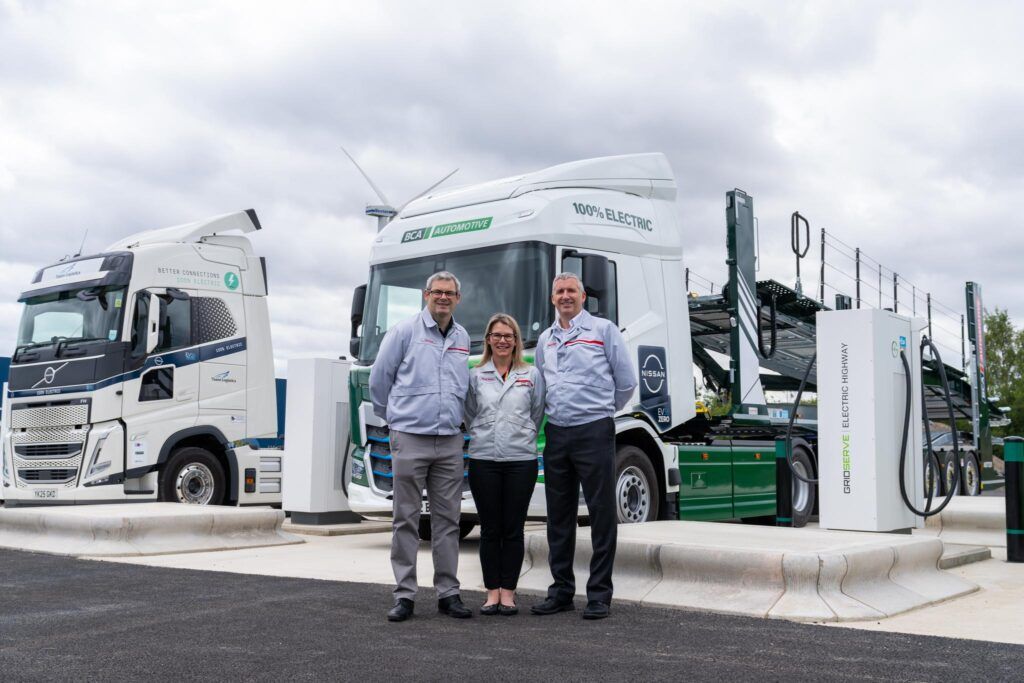The Energy Systems Catapult has published guidance to help local authorities create a Local Area Energy Plan (LAEP) and deliver on their climate emergency declarations and Net Zero goals.
The purpose of the guidance, which is funded by Innovate UK as part of the Prospering from the Energy Revolution (PfER) programme, is to enable LAEPs to be delivered to a consistent standard across the UK, allowing LAEPs from neighbouring areas to be compared, and for multiple plans to be aggregated across a region.
Alongside the LAEP guidance the Catapult is also publishing a report ‘Building a Governance Framework for Local Area Energy Planning’, which explores how coordinated local area energy planning could deliver significant financial benefits on the road to Net Zero.
The report, also Innovate UK-funded, finds that coordinated local area energy planning – rather than an organic, uncoordinated approach – could give cost savings in the order of 1% GDP or £252 billion between 2025 and 2050.
It recommends that a statutory duty should be put on local planning authorities to enable a more strategic approach to Net Zero, and that the National Planning Policy Framework (NPPF) should do more to support Net Zero – including establishing LAEPs as a recognised evidence base.
According to the report, Ofgem should encourage better and more consistent coordination between local authorities and network companies on local energy planning to avoid the risk of misaligned strategies.
An expanded role for Net Zero Hubs to support local authorities would also help boost LAEP investment and delivery, says the report.
Around 300 councils have declared a climate emergency, prompting increased interest and focus on local area energy planning – only 15 local authorities had completed a LAEP in December 2021, which has grown to 18 today with dozens more in progress.
The new guidance recognises that local government alone cannot meet Net Zero, and makes recommendations on the roles and responsibilities of a broad range of stakeholders. Some – such as local authorities and network operators – are critical to creating a plan, but they will also be supported by others such as local citizens, Local Enterprise Partnership (LEP), social housing providers, investors and local industry.
The guidance provides stage by stage, step by step advice on what to do when creating a LAEP, including detailed preparation work, suggested data collection and analysis, complex modelling activity and – finally – how to create a plan.
In creating a LAEP, stakeholders will explore multiple potential decarbonisation pathways that consider a range of technologies and scenarios, before setting out the change required to transition an area’s energy system to Net Zero in a given timeframe.
The guidance builds on work previously undertaken by the Catapult and Centre for Sustainable Energy (CSE) on behalf of Ofgem, following the regulator’s proposals to “rewire Britain at a local level” to help deliver Net Zero.
This guidance is the latest in a suite of tools and platforms published by the Catapult to support local authorities with place-based approaches to Net Zero, a recent example being the Net Zero Go digital platform which helps councils develop locally-focused zero carbon projects.
Rebecca Stafford, Business Leader for Place at Energy Systems Catapult, said: “While there’s no one-size-fits-all solution for local energy planning, our guidance aims to help local authorities adopt a common approach to creating a roadmap for achieving a Net Zero system.
“Navigating the ins and outs of local area energy planning can feel like a formidable challenge, but we hope with this guidance local leaders can quickly find their feet and understand what they are producing, how they should do it and what they should include.
“Strong local energy planning is key to determining low carbon investment priorities in different areas, and in supporting the growth of the innovative low carbon businesses, infrastructure and jobs needed to transition to Net Zero.”
Image courtesy of Shutterstock.















